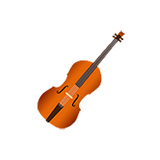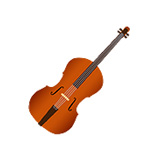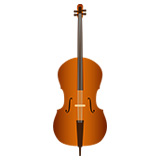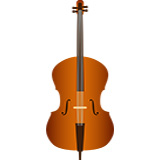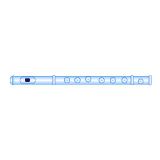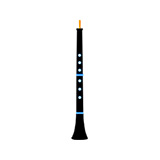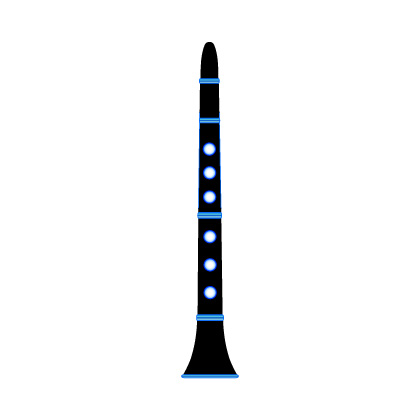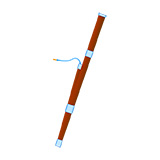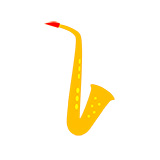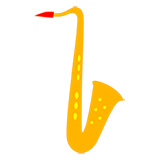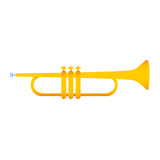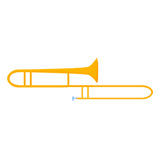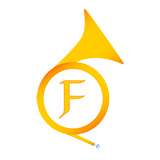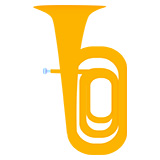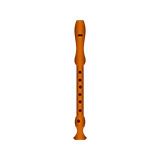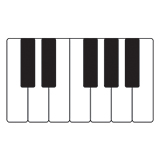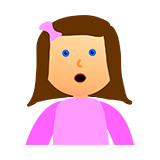
Home - Time Focus - Time Lines Contents

Time Lines Unit 6 Introduction
How to Play Dotted Quarter Notes in 2/4, 3/4, and 4/4
In Unit 5 we learned about eighth notes in groups of two at a time. In this lesson, we will play single eighth notes. When eighth notes occur by themselves, they do not have beams, but they have a flag that is connected to the stem of the note, as shown below.

Just as the eighth note is equal to half the length of a quarter note, the eighth rest is equal to half the length of a quarter rest. Although there are no examples of eighth rests in Book 1 of Time Lines, Book 2 will feature the eighth rest extensively.
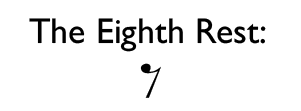
In Unit 4 we learned that placing a dot at the right side of a notehead indicates that half of the note value is added to its length. Using that information, we can determine that a dotted quarter note is equal to a quarter note tied to an eighth note.

In 2/4, 3/4, and 4/4, the dotted quarter note is equal to one and a half beats. The dotted quarter note is usually followed by a single eighth note or eighth rest. Note that exercises E601 - E603 look different, but they sound exactly the same. They show how the dotted quarter note is subdivided.
Unit 6 Practice Tools:
Exercises: Play exercises with dotted quarter notes in 2/4, 3/4, and 4/4.
Patterns: Dotted quarter note rhythm patterns in 3/4 and 4/4.
Melodies: Dotted quarter note melodic phrases in 3/4 and 4/4.
Practice Tips for Accurate Rhythm and Reading Skills
When clapping and counting rhythms that include dotted quarter notes, always subdivide the beat and count every “and” between each beat, as shown below.

For music in 4/4, notes beginning on beat two that are one and a half beats long are usually represented by a quarter note tied to an eighth note instead of a dotted quarter note, as shown in E614 - E616 as well as some of the rhythm patterns and melodies.







